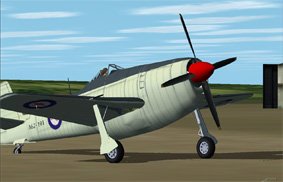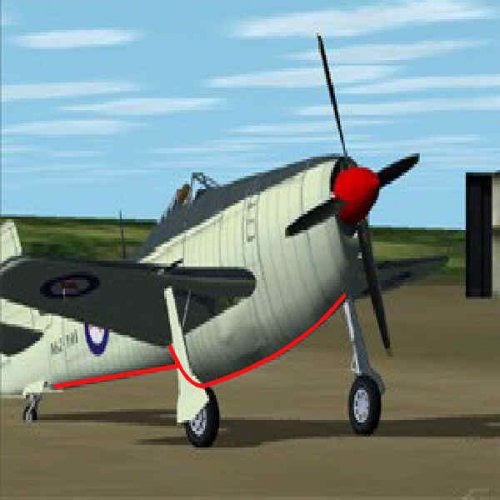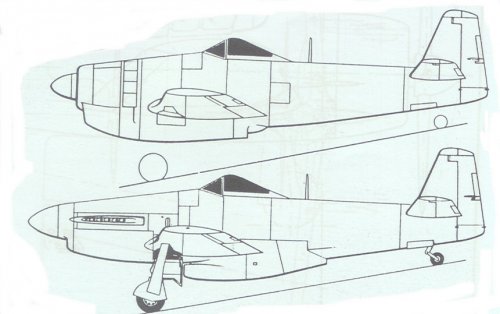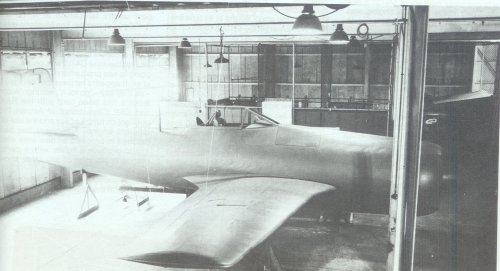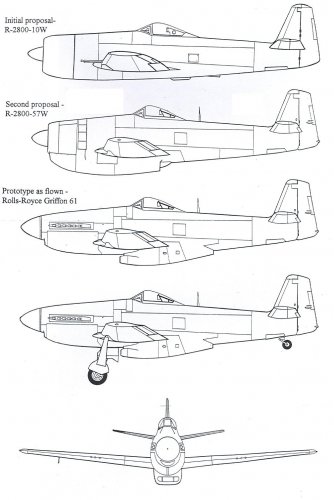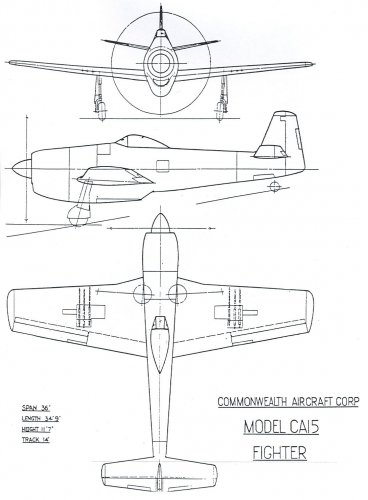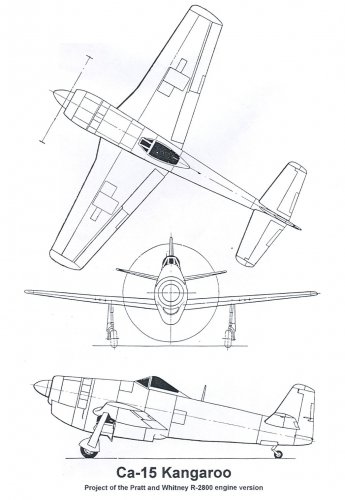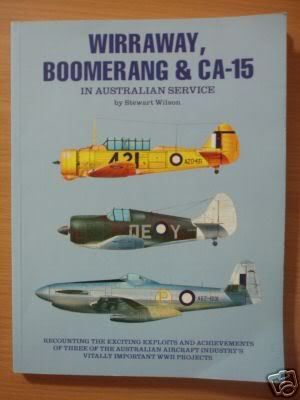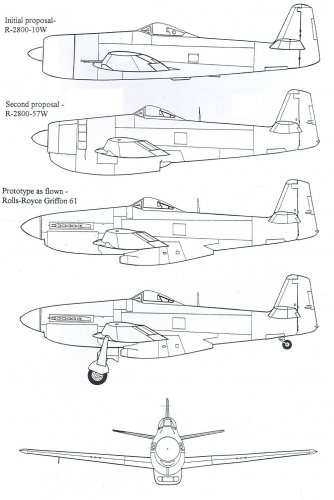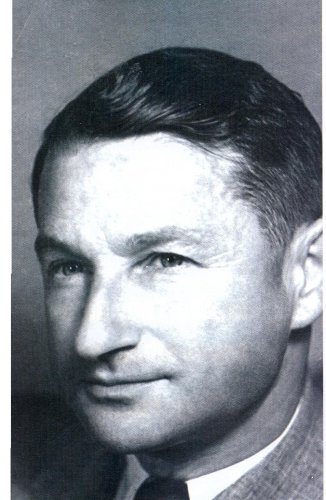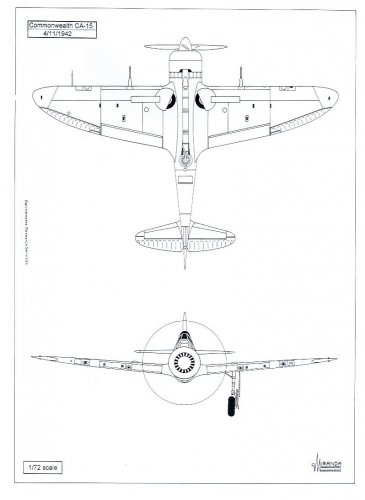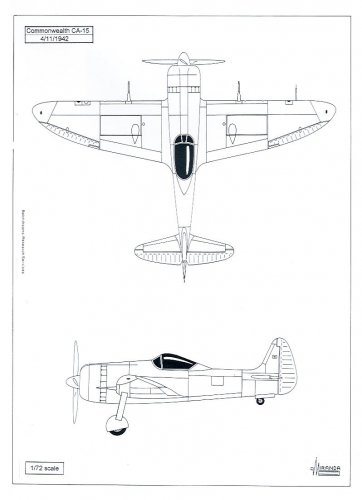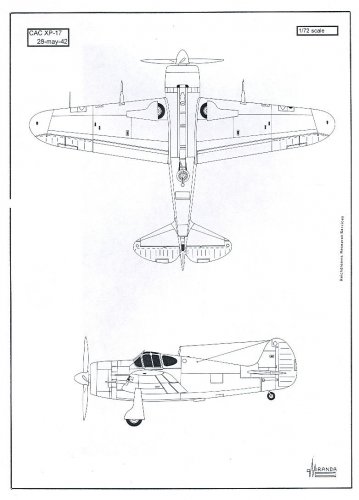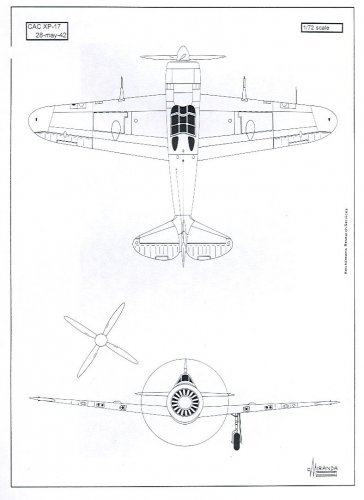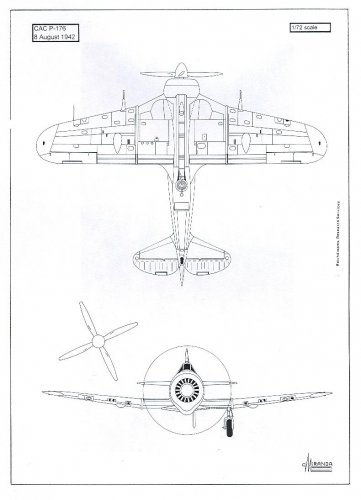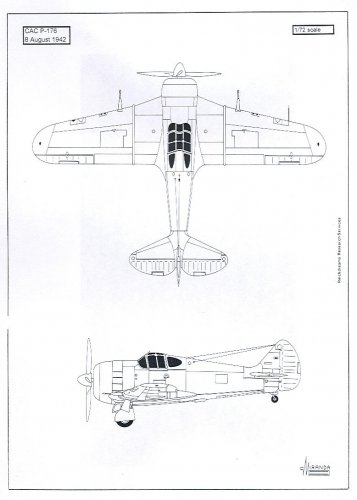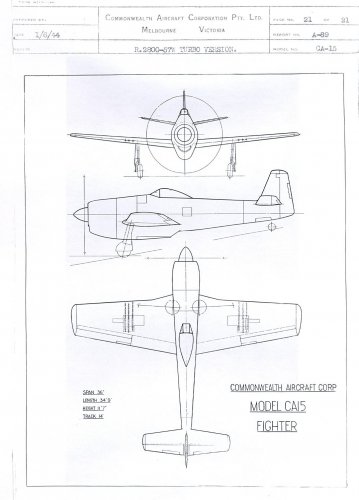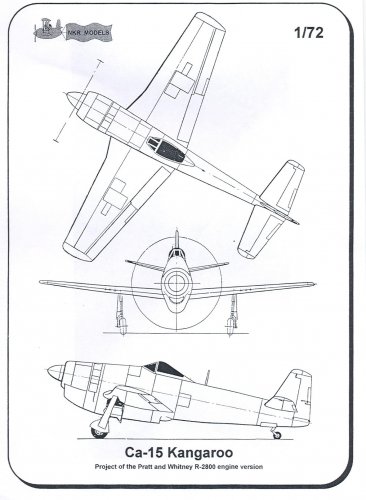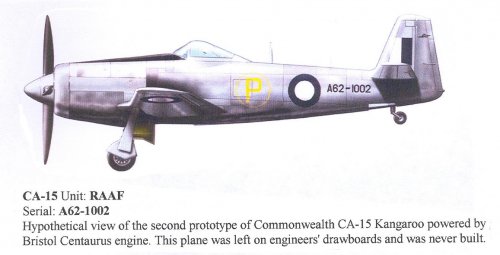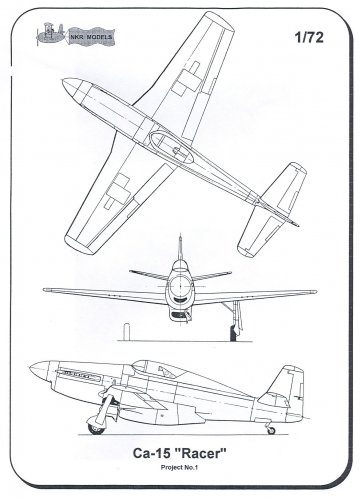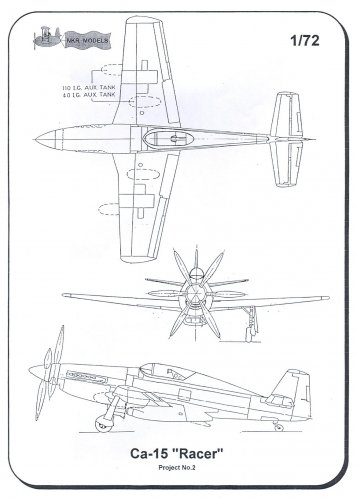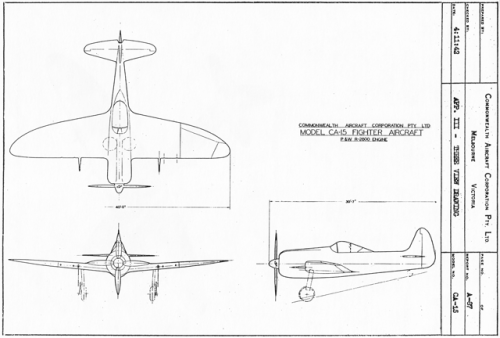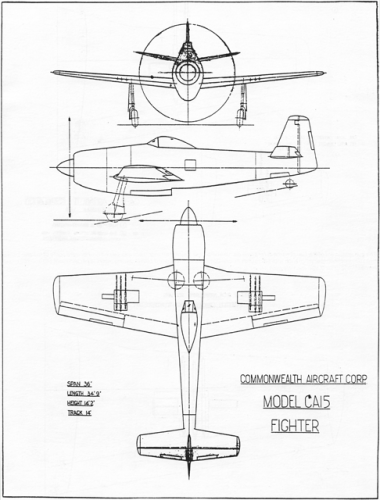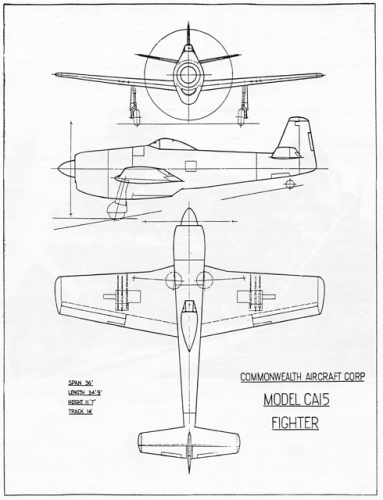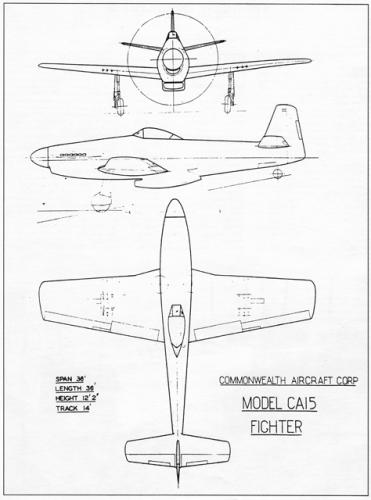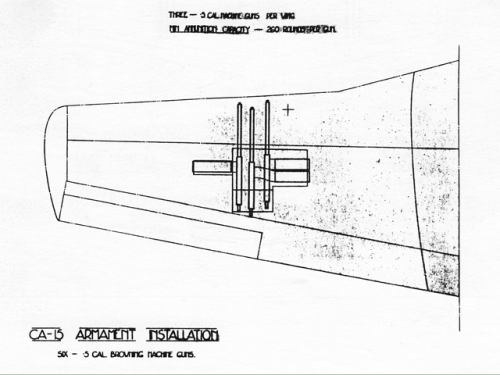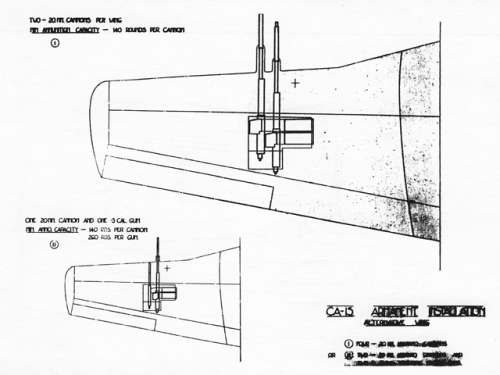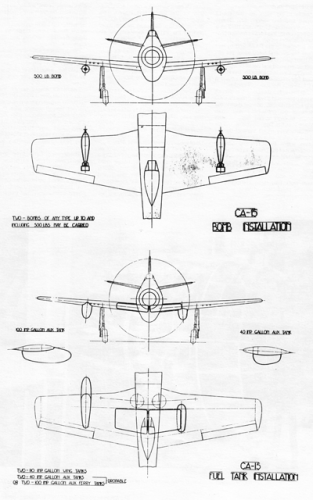Member Abraham Gubler mentioned elsewhere that Commonwealth Aircraft was considering an original fighter design circa 1939. He describes this Wirraway follow-on as "an Australian-designed, highly-manoeuvrable, single-engine fighter similar to but more advanced than the ‘Zero’".
According to Abraham, a CAC designer had been personally involved with Mitsubishi's 12-shi program. An "‘Aussie Zero" would be superior to the Reisen because of presumed access to superior materials. The CAC project was rejected, the RAAF "remaining fixed on the [CA-11 Woomera] twin-engine single role aircraft".
Any other details on this fighter project?
Under "CAC CA-15 original design", Greg mentions that the initial CA-15 looked more like the Boomerang than the later R2800-powered concept. That suggests that nothing remained of the "Aussie Zero" concept by that stage.
http://www.secretprojects.co.uk/forum/index.php/topic,3846.0/
One final puzzle is designations. In the "Commonwealth aircraft" thread, Greg also covers every wartime CAC designation from the first CA-1 Wirrawy to the two-seat CA-21 Mustang. Were CA-x designations only applied to designs that had advanced fairly far along?
http://www.secretprojects.co.uk/forum/index.php/topic,1213.0.html


